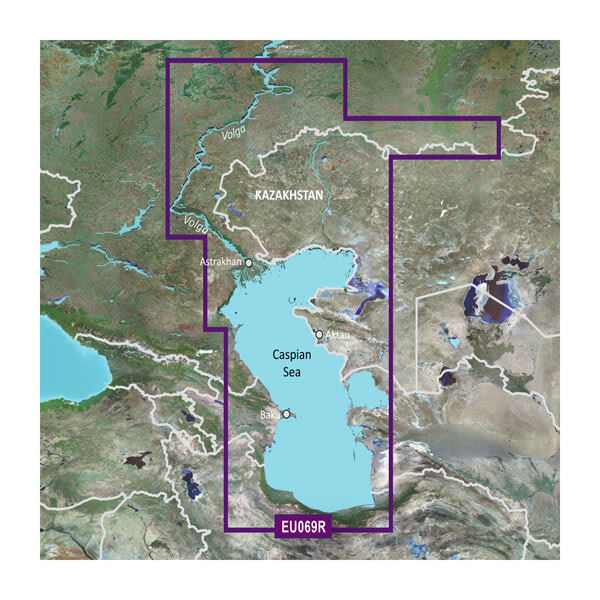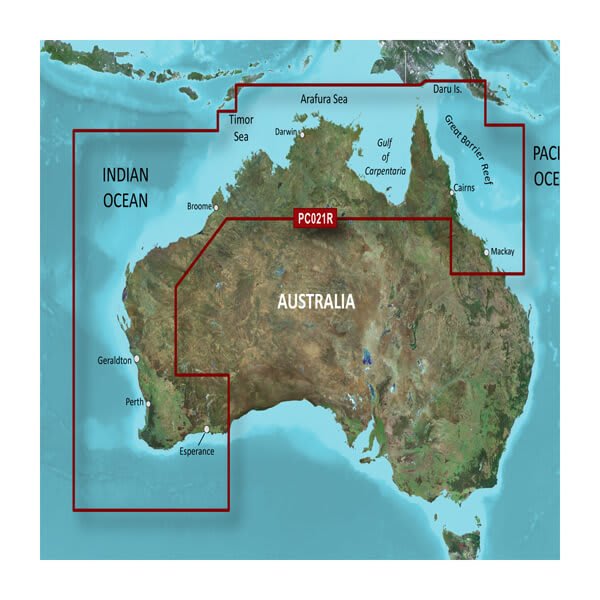
Yet, optimally extracting relevant information from SAR imagery, designing a proper strategy for each individual hazard, optimally managing and archiving SAR data, and integrating all possible data, are still considerable challenges.


Especially with the unprecedented spatio-temporal resolution and the rapid accumulation of SAR data collections from various dedicated SAR missions, we have more opportunities to exploit hazard-related signals from the SAR phase and amplitude imagery, characterize the associated spatio-temporal ground deformations and land alterations, and decipher the operating mechanism of the geosystems in geodetic timescales. SAR remote sensing is a valuable tool for monitoring and responding to natural and anthropogenic hazards.


 0 kommentar(er)
0 kommentar(er)
